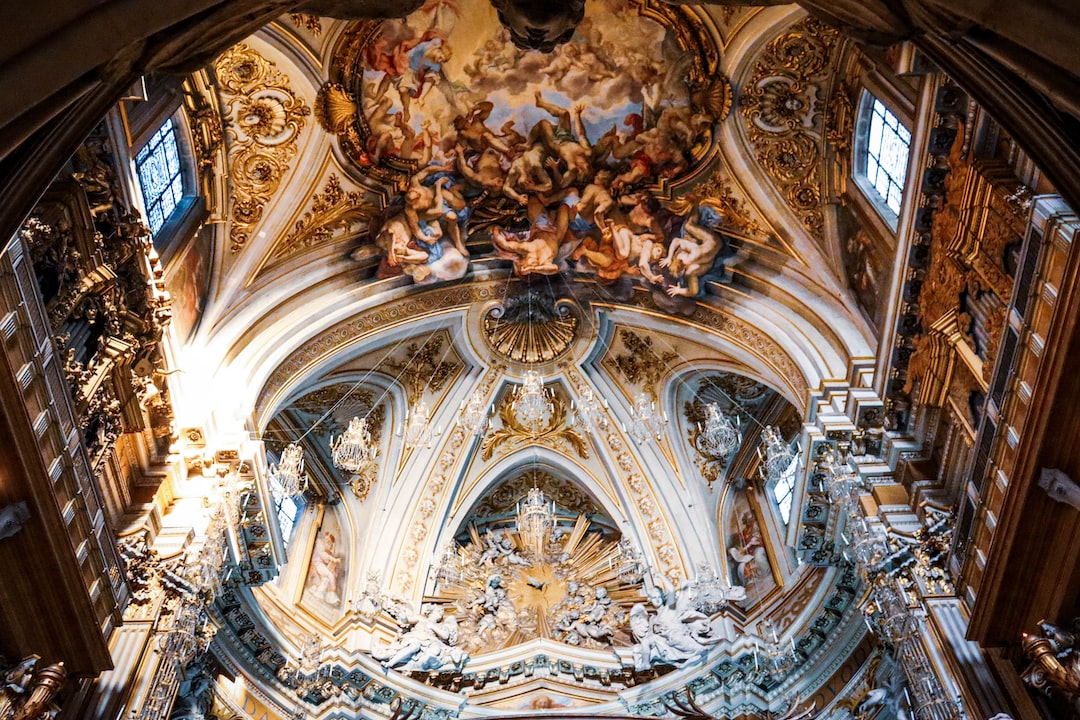The Splendor of Roman Architecture: Visit the Colosseum and Pantheon
When it comes to architectural marvels, few can rival the grandeur and ingenuity of ancient Roman structures. The Romans were renowned for their engineering prowess, creating structures that stood the test of time and left a lasting impact on the world of architecture. Among these iconic landmarks, the Colosseum and the Pantheon stand out as shining examples of Roman artistry and engineering brilliance.
The Colosseum, also known as the Flavian Amphitheatre, is one of the most significant remnants of ancient Rome. This towering oval amphitheater, located in the heart of Rome, was constructed during the reign of Emperor Vespasian and completed by his son Titus in the year 80 AD. The Colosseum was originally built to host gladiatorial contests, public spectacles, and other forms of entertainment for the Roman citizens.
As you stand before the Colosseum today, you can’t help but be in awe of its immense size and grandeur. The structure was made primarily out of concrete and stone, utilizing innovative construction techniques for its time. It could hold an estimated 50,000 to 80,000 spectators, making it the largest amphitheater ever built. Inside, a network of underground tunnels and chambers housed animals, gladiators, and prisoners who would emerge to engage in deadly battles or staged reenactments of famous battles.
Despite suffering damage from earthquakes and looting, the Colosseum still stands as a testament to the architectural genius of ancient Rome. Its iconic arches and columns, along with its impressive scale, make it a must-visit destination for history enthusiasts and architecture admirers from around the world.
Another marvel of Roman architecture that should not be missed is the Pantheon. Originally built as a temple to honor all the gods of ancient Rome, it stands as one of the best-preserved buildings from ancient times. The Pantheon’s construction dates back to the reign of Emperor Hadrian in the 2nd century AD.
Upon entering the Pantheon, you’ll be captivated by the massive dome that dominates the interior. This dome, with its famous oculus, or open-air central opening, was a true architectural innovation. It is believed to have been the largest unreinforced concrete dome ever built, a remarkable feat considering the time period in which it was constructed. The opening at the top allowed natural light to flood the interior, creating a stunning visual effect.
The Pantheon’s interior is a symphony of marble and granite, adorned with intricate details and stunning sculptures. The grandeur of the design, with its massive Corinthian columns and coffered ceiling, showcases the Roman’s mastery of precise geometric proportions.
The Pantheon is not only remarkable for its architectural prowess but also for its historical significance. It served as a Christian church for centuries after the fall of the Roman Empire and now stands as a magnificent testament to both Roman engineering and the transition of religious practices throughout history.
Both the Colosseum and the Pantheon continue to draw visitors from all over the world, inspiring awe and admiration for the brilliance of ancient Roman architecture. These structures, while separated by time and purpose, share a common thread of innovative engineering, incredible craftsmanship, and an enduring legacy that has lasted over centuries.
In a world where architectural trends change rapidly, it is a true wonder to witness the enduring splendor of these ancient buildings. The Colosseum’s imposing facade and the Pantheon’s ethereal interior are reminders of the Roman Empire’s monumental impact on the art of building. They stand as a testament to the enduring spirit of human creativity and ingenuity, inviting us to marvel at the accomplishments of our ancient ancestors.
So, if you ever find yourself in Rome, do not miss the opportunity to visit these marvels of Roman architecture. The Colosseum and the Pantheon will transport you back in time, allowing you to witness the awe-inspiring grandeur of the ancient world. Prepare to be captivated by the splendor and magnificence of these iconic landmarks, and let the echoes of history guide your imagination as you step foot into the architectural wonders of ancient Rome.


